ויליאם אצ'ף
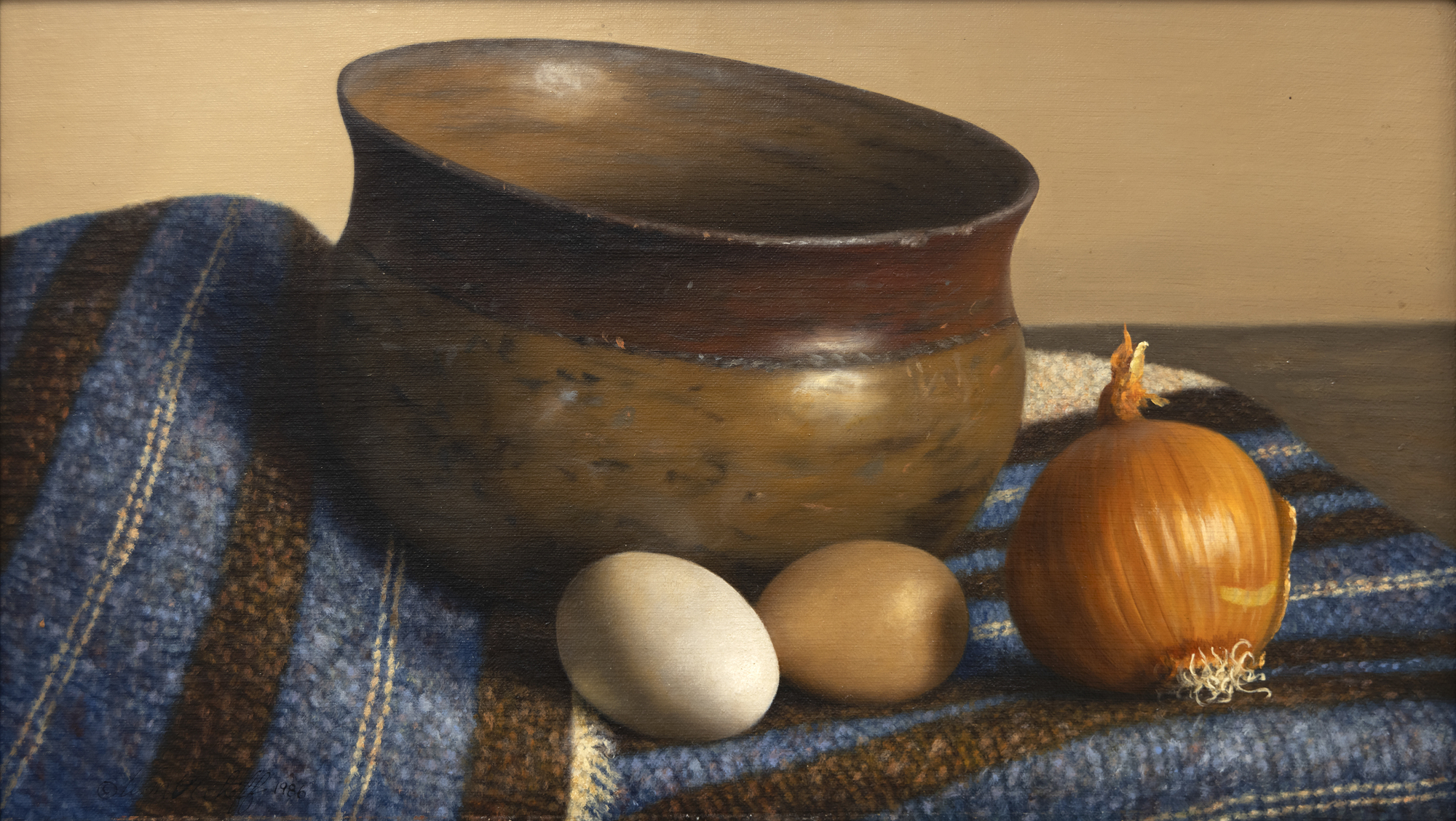
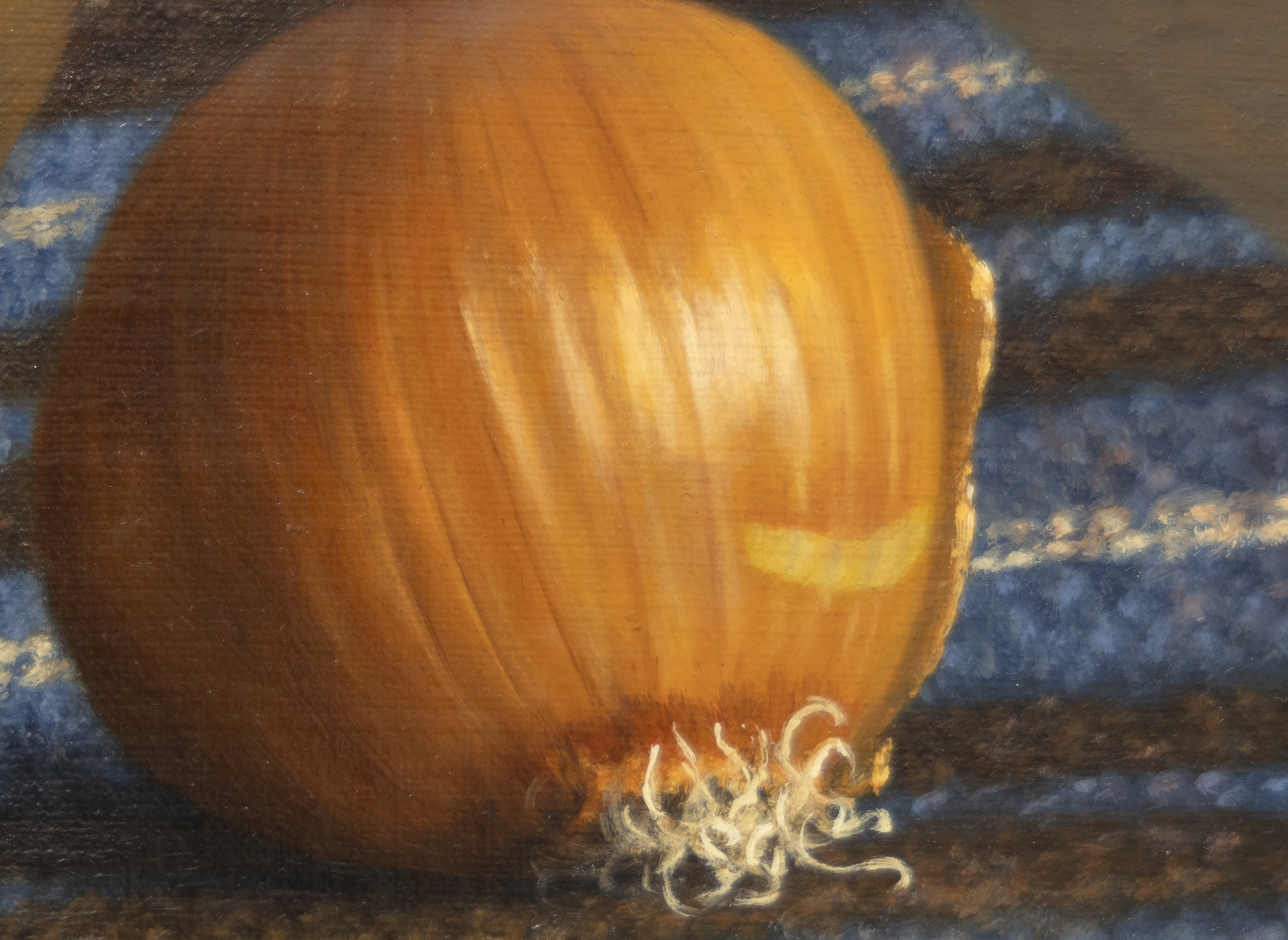
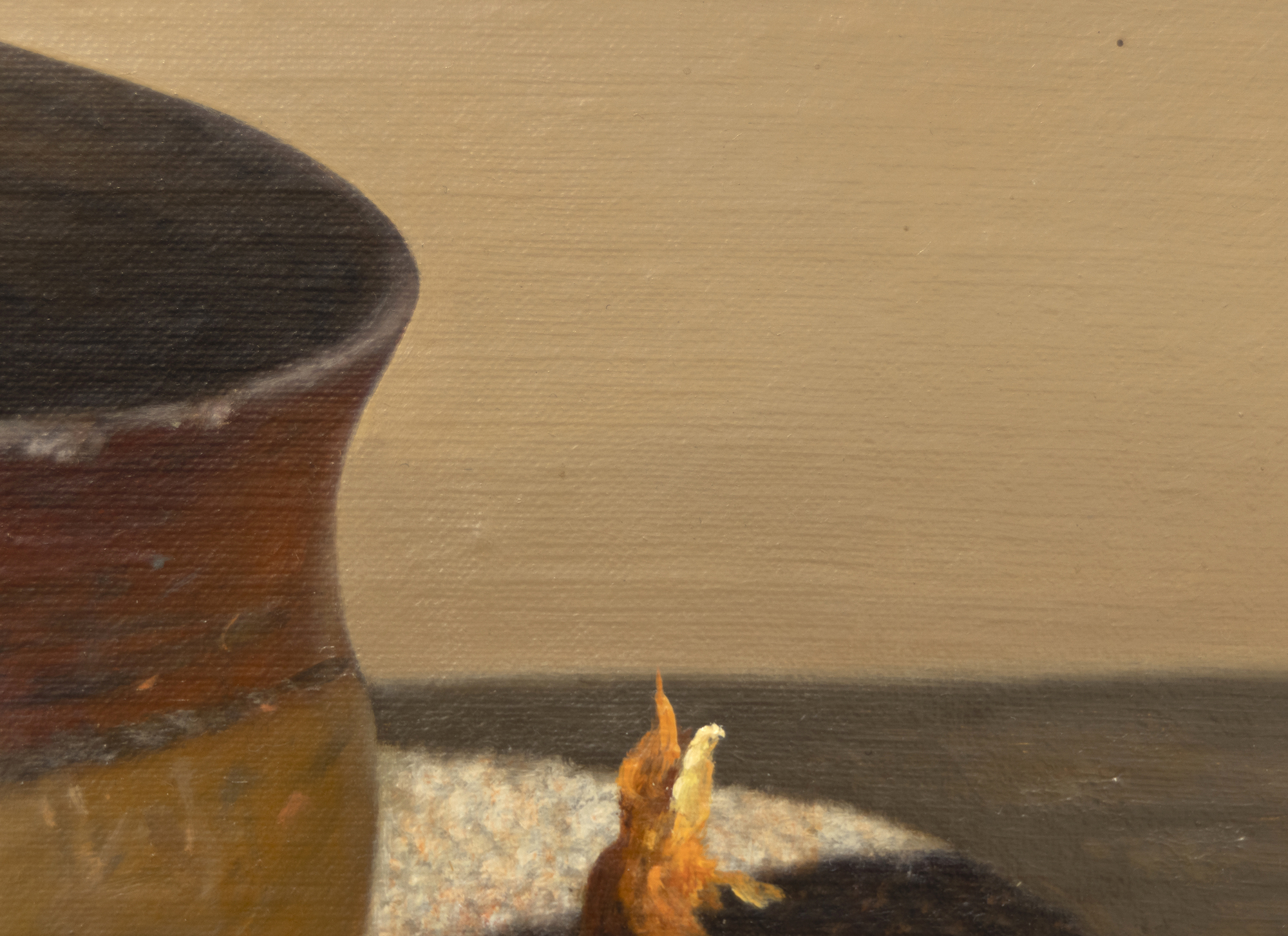
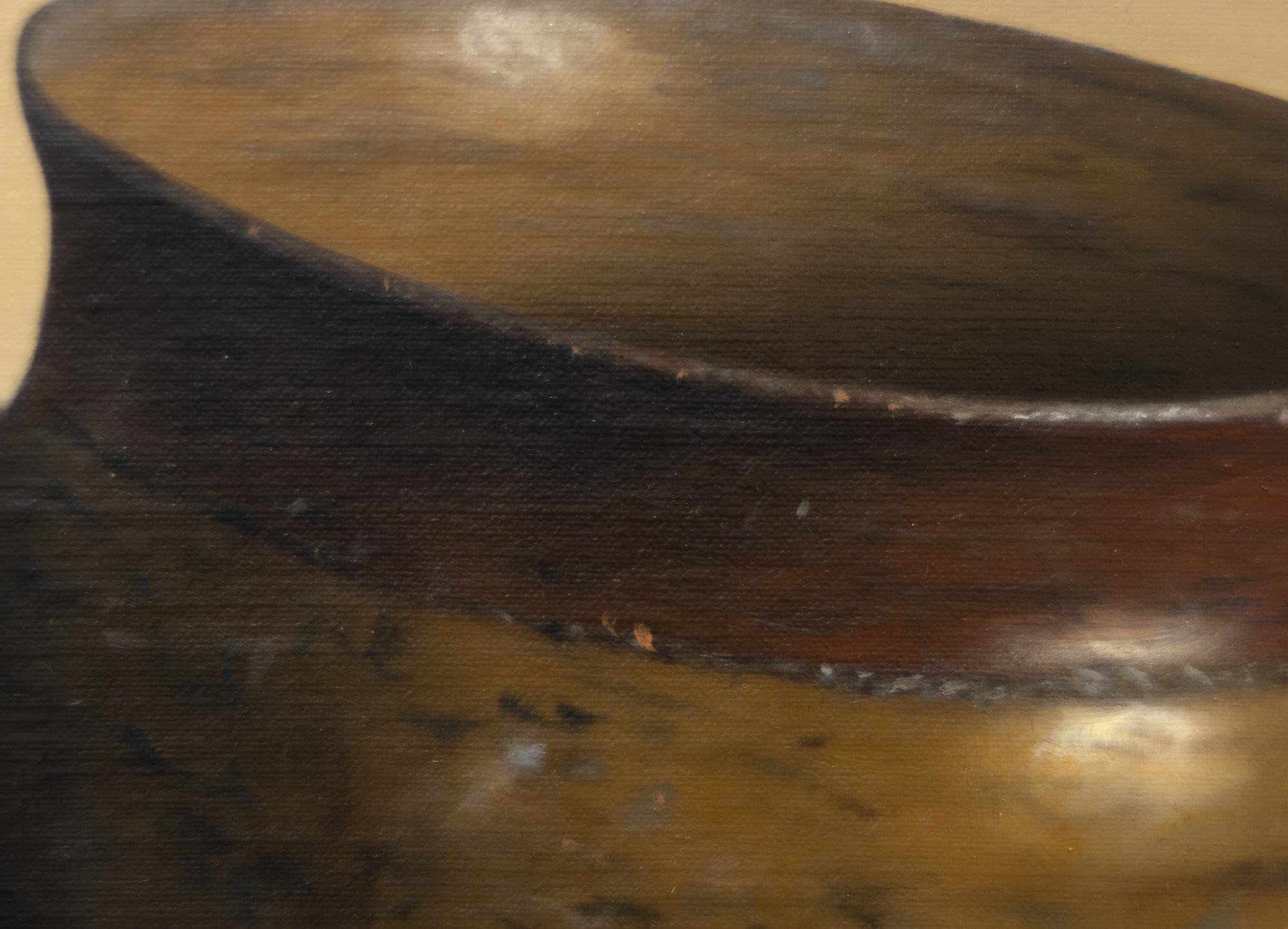
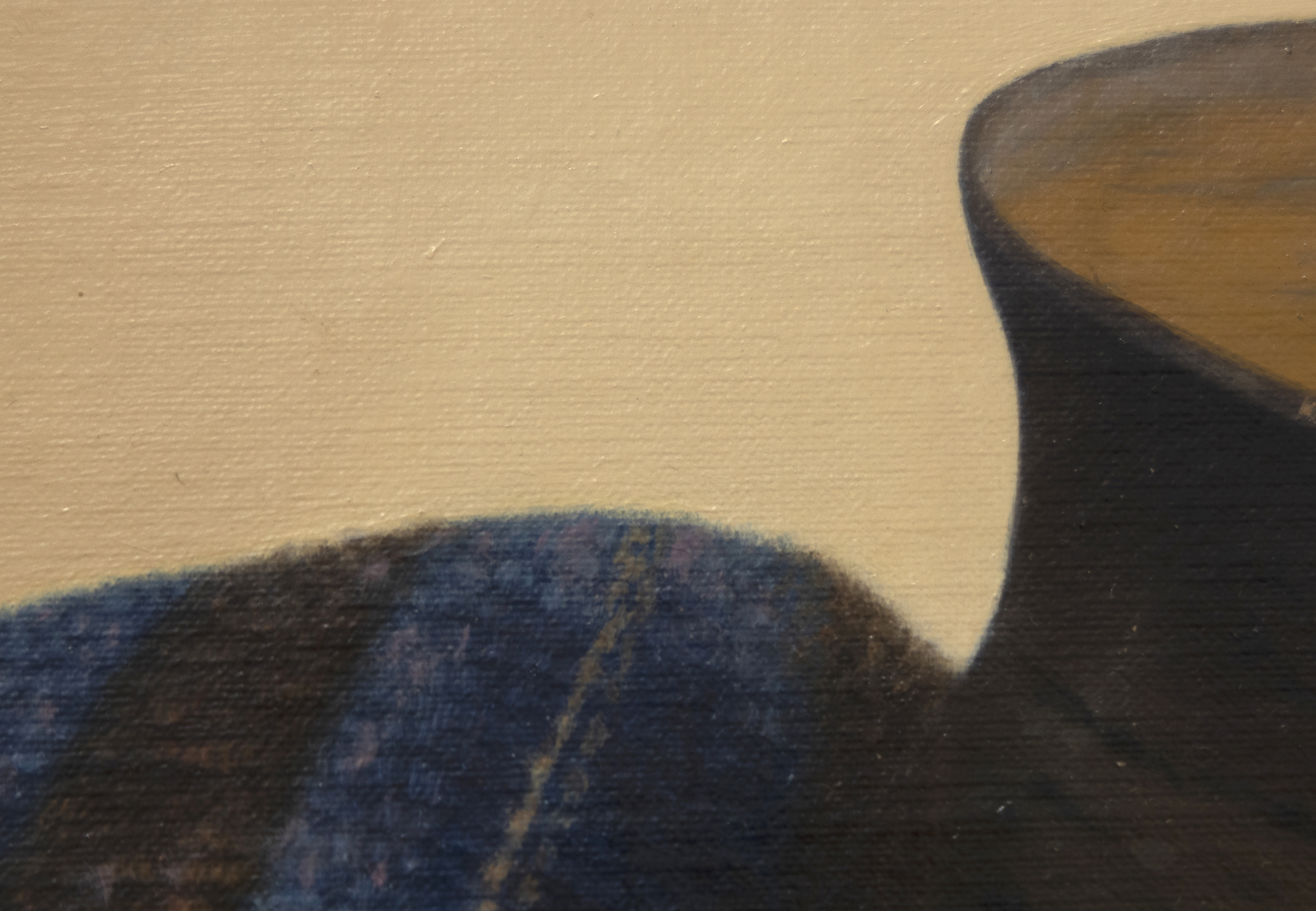
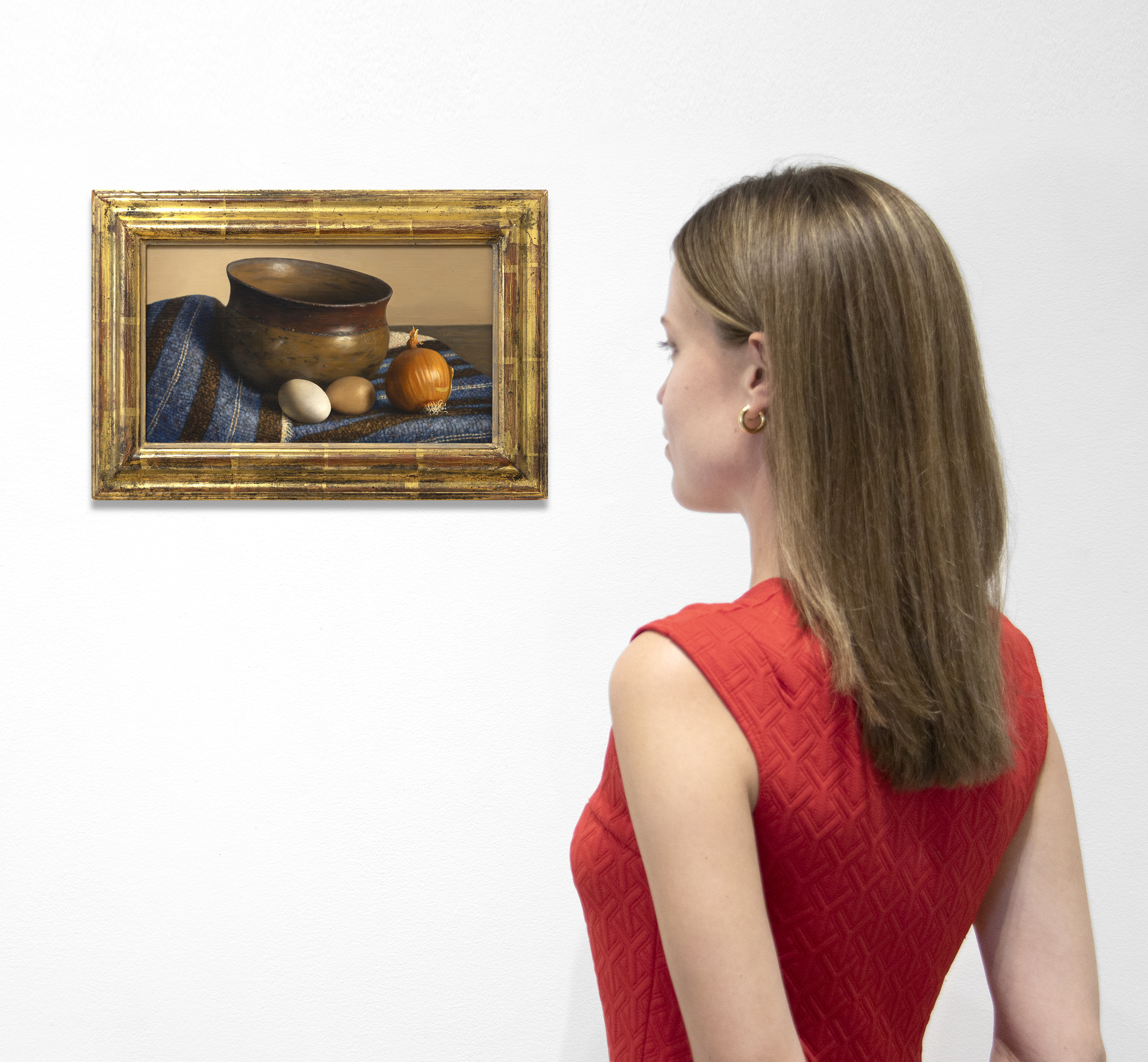
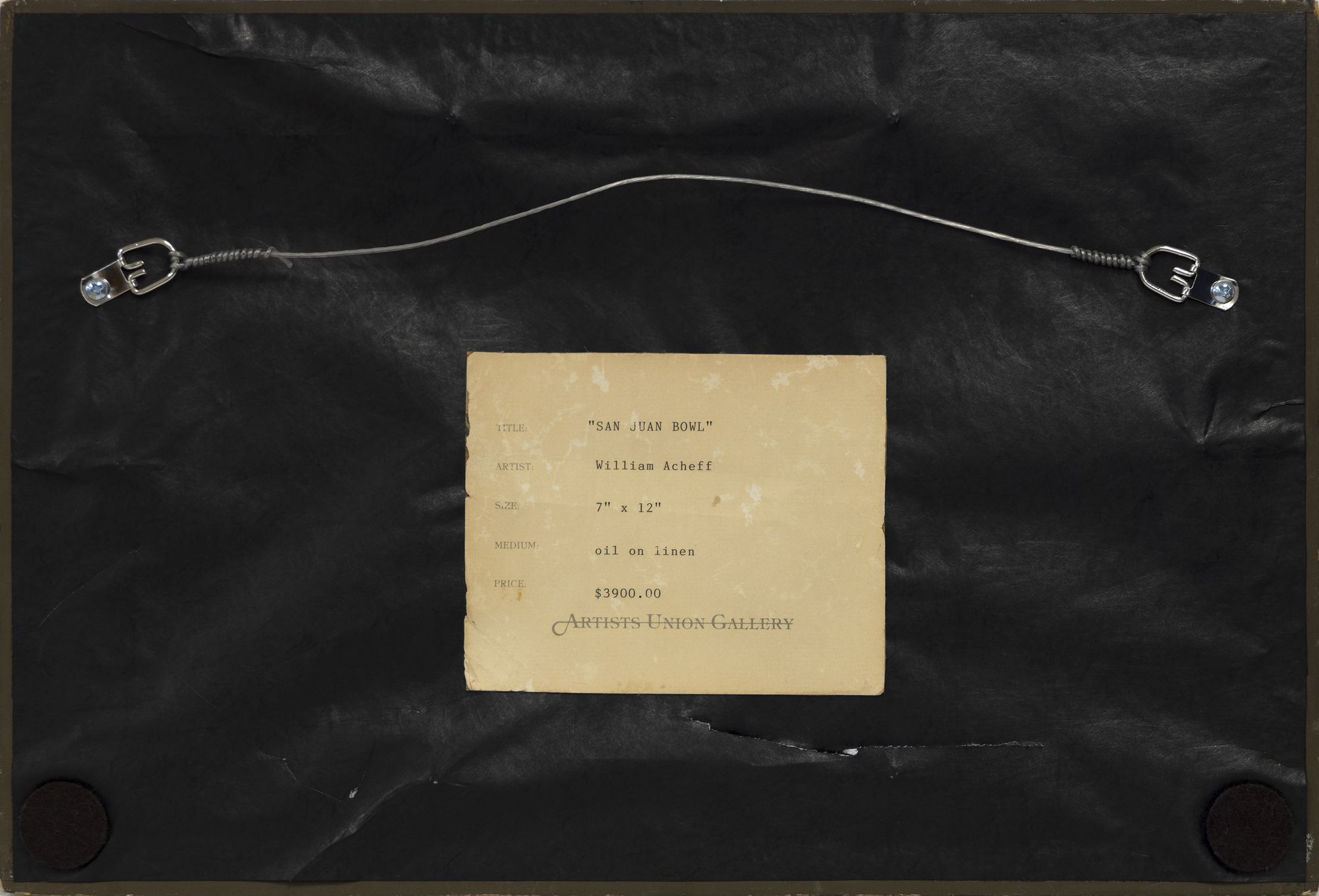
מקור ומקור
אוסף פרטיהקערה המתוארת בדוגמה הנוכחית היא מסן חואן, פואבלו עשיר במסורת של יצירת כלי חרס לשימוש פונקציונלי. למרות שהצורות האלגנטיות המוקדמות והקימורים היפים הסתיימו בשנת 1900, הם קמו לתחייה בשנות השלושים והארבעים כאשר נשים מקומיות חקרו כלי חרס עתיקים מהאזור כבסיס לקערה כמו זו המתוארת כאן. במקום "סן חואן", הילידים מעדיפים את השם המסורתי Ohkay Owingeh שפירושו "מקום האנשים החזקים".


